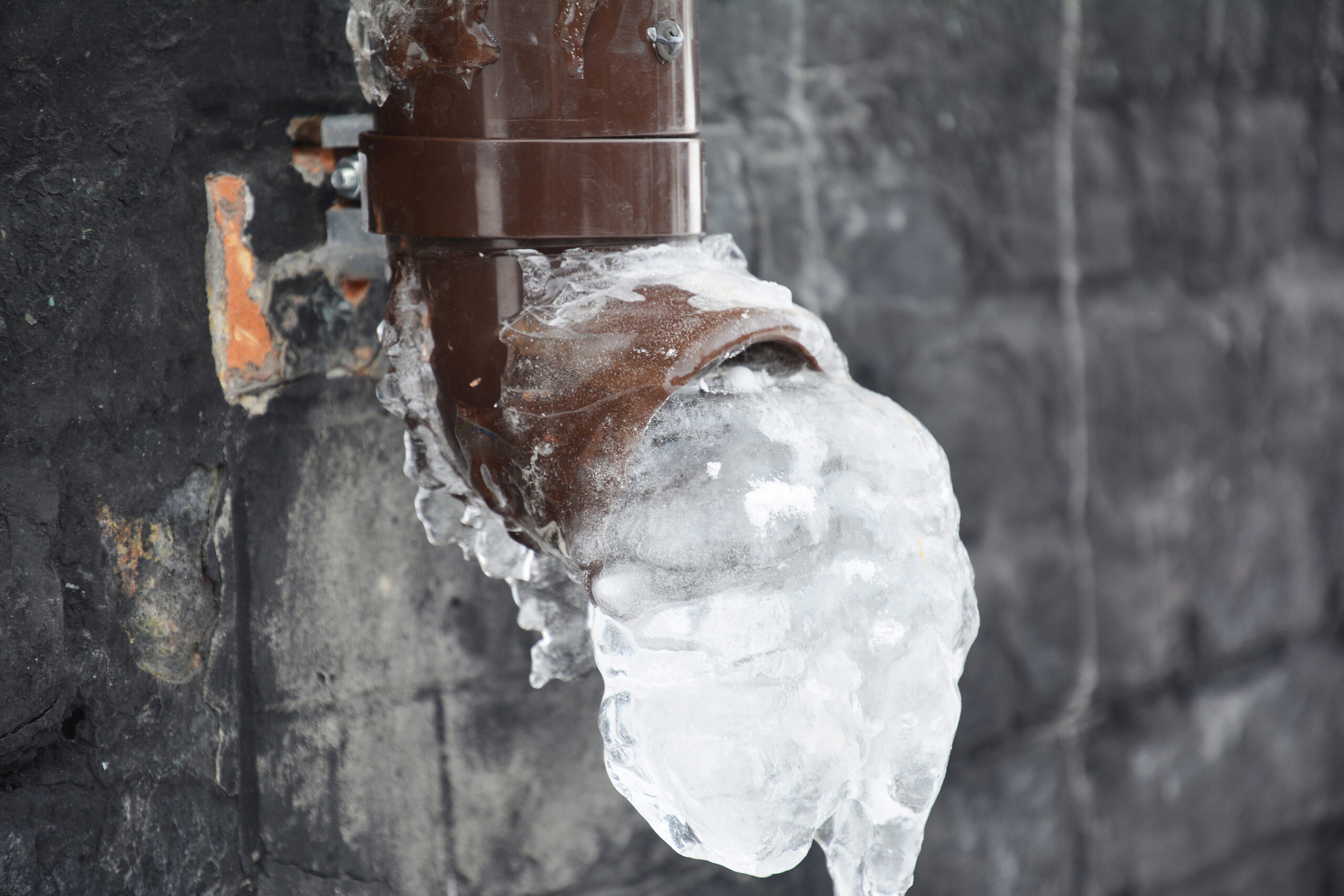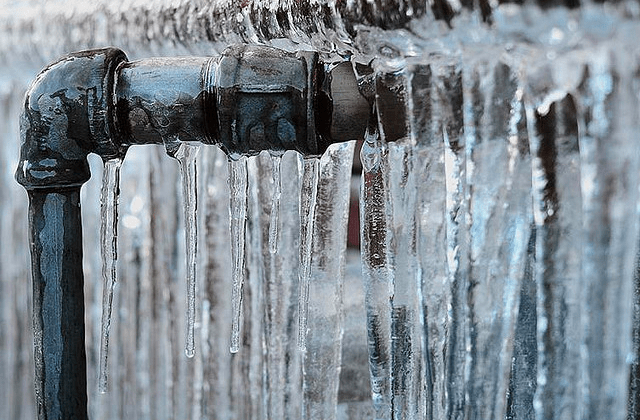Are you currently trying to locate insight around 6 Ways to Prevent Frozen Pipes?

Winter can damage your plumbing, specifically by freezing pipes. Below's how to stop it from happening and what to do if it does.
Intro
As temperatures decrease, the threat of frozen pipes rises, potentially bring about costly repair services and water damages. Understanding exactly how to avoid icy pipelines is crucial for property owners in chilly environments.
Recognizing Icy Pipelines
What creates pipelines to ice up?
Pipelines ice up when revealed to temperature levels below 32 ° F (0 ° C) for expanded periods. As water inside the pipes freezes, it increases, taxing the pipeline walls and possibly creating them to break.
Threats and damages
Frozen pipelines can bring about water supply interruptions, residential property damages, and pricey repair work. Burst pipelines can flooding homes and cause comprehensive structural damages.
Indicators of Frozen Pipeline
Recognizing frozen pipelines early can avoid them from breaking.
Just how to determine frozen pipes
Look for lowered water flow from taps, uncommon smells or noises from pipes, and visible frost on revealed pipelines.
Avoidance Tips
Insulating prone pipelines
Wrap pipes in insulation sleeves or utilize warm tape to shield them from freezing temperature levels. Focus on pipes in unheated or exterior areas of the home.
Heating strategies
Maintain indoor spaces adequately heated up, especially areas with plumbing. Open closet doors to allow warm air to circulate around pipes under sinks.
Securing Outside Plumbing
Garden hoses and outside taps
Disconnect and drain garden pipes prior to winter season. Set up frost-proof faucets or cover outside taps with insulated caps.
What to Do If Your Pipes Freeze
Immediate activities to take
If you believe frozen pipes, maintain taps open to soothe stress as the ice thaws. Utilize a hairdryer or towels soaked in hot water to thaw pipes gradually.
Long-Term Solutions
Architectural modifications
Think about rerouting pipes away from exterior walls or unheated areas. Include additional insulation to attics, basements, and crawl spaces.
Updating insulation
Invest in high-quality insulation for pipes, attic rooms, and walls. Appropriate insulation assists preserve regular temperature levels and reduces the risk of frozen pipes.
Conclusion
Avoiding frozen pipes requires proactive measures and quick responses. By recognizing the causes, indications, and safety nets, property owners can safeguard their plumbing throughout winter.
5 Ways to Prevent Frozen Pipes
Drain Outdoor Faucets and Disconnect Hoses
First, close the shut-off valve that controls the flow of water in the pipe to your outdoor faucet. Then, head outside to disconnect and drain your hose and open the outdoor faucet to allow the water to completely drain out of the line. Turn off the faucet when done. Finally, head back to the shut-off valve and drain the remaining water inside the pipe into a bucket or container. Additionally, if you have a home irrigation system, you should consider hiring an expert to clear the system of water each year.
Insulate Pipes
One of the best and most cost-effective methods for preventing frozen water pipes is to wrap your pipes with insulation. This is especially important for areas in your home that aren’t exposed to heat, such as an attic. We suggest using foam sleeves, which can typically be found at your local hardware store.
Keep Heat Running at 65
Your pipes are located inside your walls, and the temperature there is much colder than the rest of the house. To prevent your pipes from freezing, The Insurance Information Institute suggests that you keep your home heated to at least 65 degrees, even when traveling. You may want to invest in smart devices that can keep an eye on the temperature in your home while you’re away.
Leave Water Dripping
Moving water — even a small trickle — can prevent ice from forming inside your pipes. When freezing temps are imminent, start a drip of water from all faucets that serve exposed pipes. Leaving a few faucets running will also help relieve pressure inside the pipes and help prevent a rupture if the water inside freezes.
Open Cupboard Doors
Warm your kitchen and bathroom pipes by opening cupboards and vanities. You should also leave your interior doors ajar to help warm air circulate evenly throughout your home.

I discovered that write up on 6 Ways to Prevent Frozen Pipes while perusing the web. Sharing is nice. You just don't know, you may just be doing someone a favor. Thanks so much for taking the time to read it.
Set An Appointment
 Devin Ratray Then & Now!
Devin Ratray Then & Now! Barry Watson Then & Now!
Barry Watson Then & Now! Sam Woods Then & Now!
Sam Woods Then & Now! Elin Nordegren Then & Now!
Elin Nordegren Then & Now! Katey Sagal Then & Now!
Katey Sagal Then & Now!